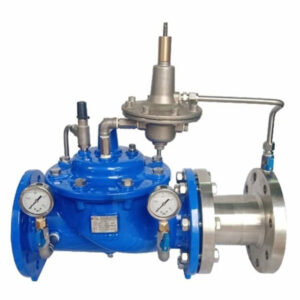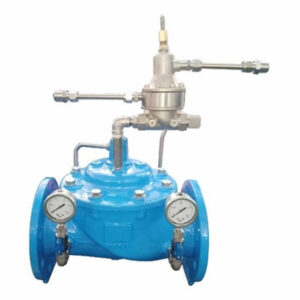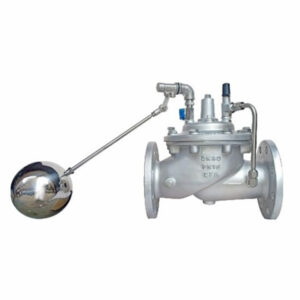Description
Altitude Valve – Precise Control of High-Altitude Water Tanks
The altitude valve is an essential device for managing high-altitude water tanks. This valve controls the water level without needing floats or other complex mechanisms. As a non-regulating altitude valve, it remains fully open until the water reaches a predefined level. Once this level is reached, the valve closes automatically. Excess water is discharged from the tank either through a separate discharge line or through a check valve placed in a bypass around the main valve.
The altitude valve is designed to delay its closure until the water level in the tank drops to a desired threshold, adjustable between 1 and 15 feet below the high closing level. This altitude valve is hydraulically operated and controlled by a specific device. The pilot control of the valve works by measuring the difference in forces between the tension of a spring and the water pressure in the tank. When the spring force is surpassed by the water pressure, the pilot closes the main altitude valve. The desired water level is adjusted by changing the spring tension. The pilot control measures the water pressure using a detection line provided by the customer and connected directly to the tank.



